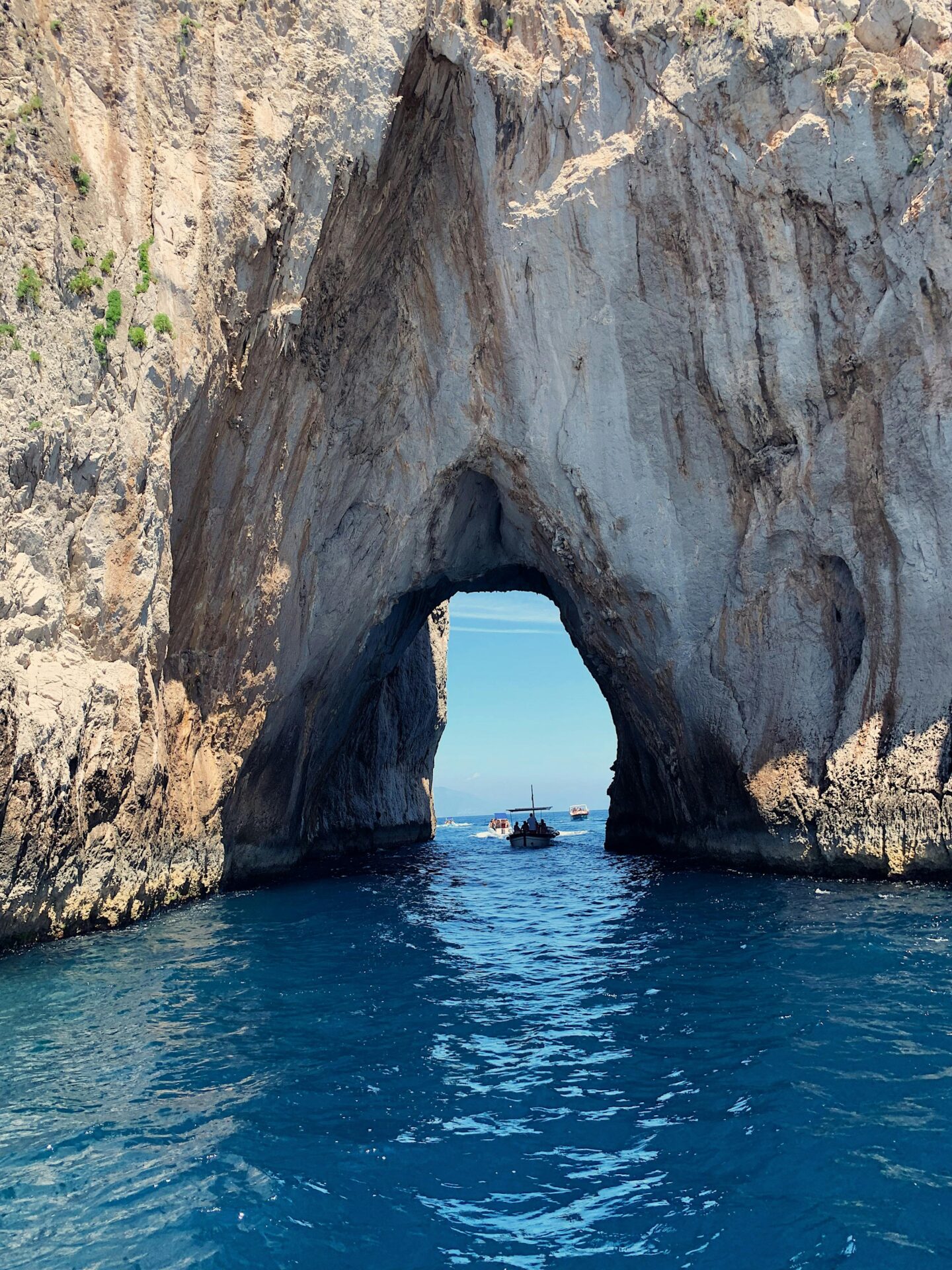Have you ever seen water that glows electric blue, almost like it’s lit from below? On the island of Capri, the Blue Grotto (Grotta Azzurra) pulls off this magical effect thanks to a quirky trick of nature.
Last summer, I squeezed into a tiny rowboat and ducked through the cave’s entrance. Once my eyes adjusted, I just stared, speechless, at the intense sapphire glow all around us.
The water’s brilliant blue comes from the cave’s unique geology, which filters sunlight in a way that feels almost unreal. There’s a small opening at water level where boats slip inside, but below that, a bigger underwater passage lets in sunlight.
Sunlight travels through this underwater opening, filtering out the red wavelengths and leaving just the blue light to fill the cavern.
The Blue Grotto draws crowds as one of Capri’s top attractions, but honestly, it’s more than a tourist stop. Floating in that glowing blue world feels transformative, like you’re inside some secret dream.
The boatmen who guide you in often sing old Neapolitan songs, and their voices echo off the stone in a way that sends chills down your spine. It’s easy to see why travelers have been obsessed with this place for centuries.
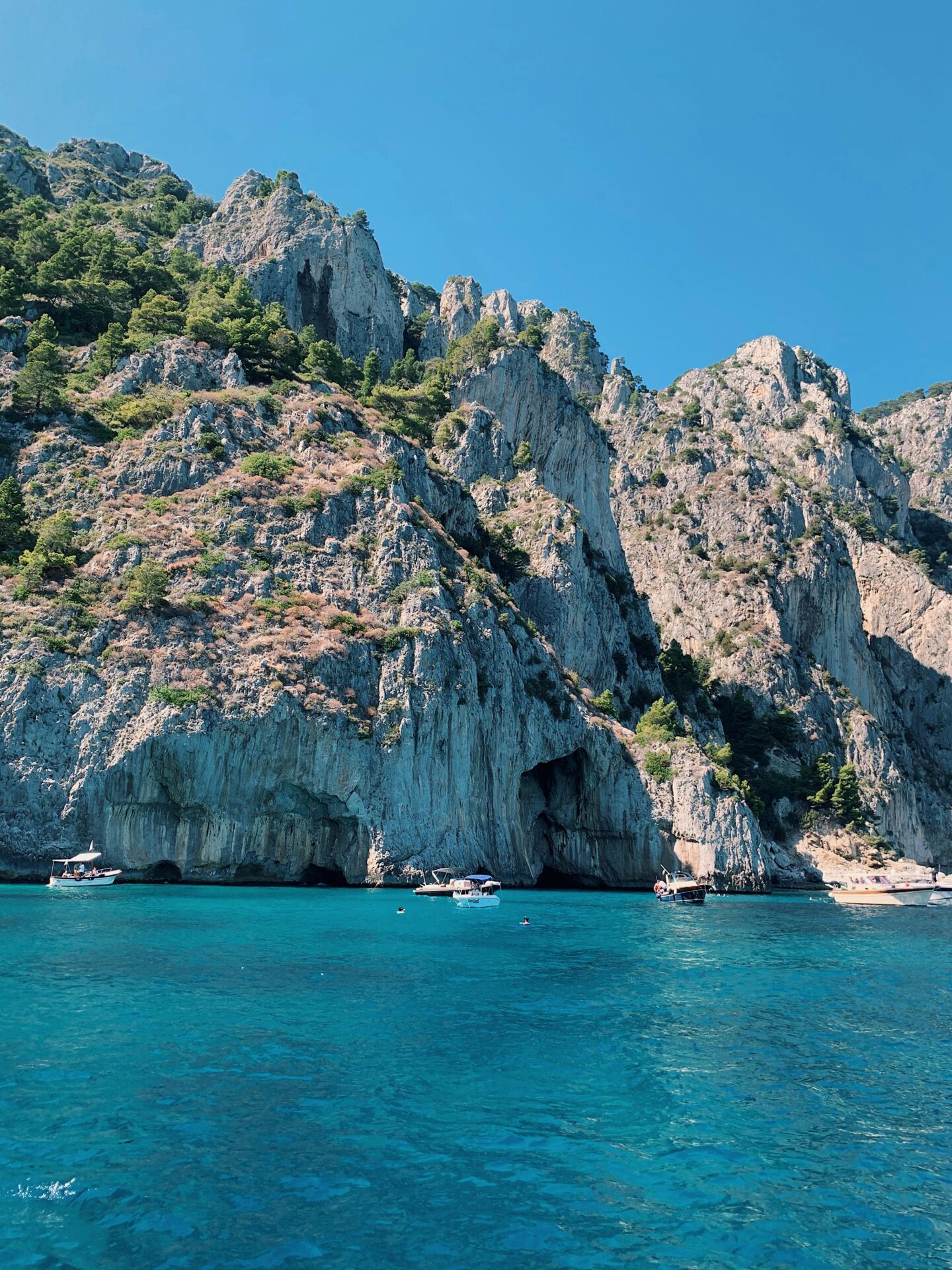
The Enchanting Geography of Capri
Capri’s geography is something special—dramatic limestone cliffs, hidden coves, and water so clear it almost looks unreal. This landscape sets the stage for the Blue Grotto and plenty of other wonders.
Location and Accessibility
Getting to Capri is half the fun, honestly. The island sits in the Tyrrhenian Sea, just about 5 kilometers off Italy’s mainland in the Bay of Naples.
Capri belongs to the Campania region, and you can reach it by a short boat ride from Naples or Sorrento. High-speed ferries zip over from Naples in around 45 minutes, while Sorrento is even closer—just 20 minutes.
In the summer, you’ll also find ferries from Positano, Amalfi, and Ischia.
Most vehicles aren’t allowed on the island, which keeps things peaceful. Once I arrived, I hopped on small buses and convertible taxis, or just walked along the winding paths.
Honestly, this slower pace makes it easier to soak in the island’s beauty.
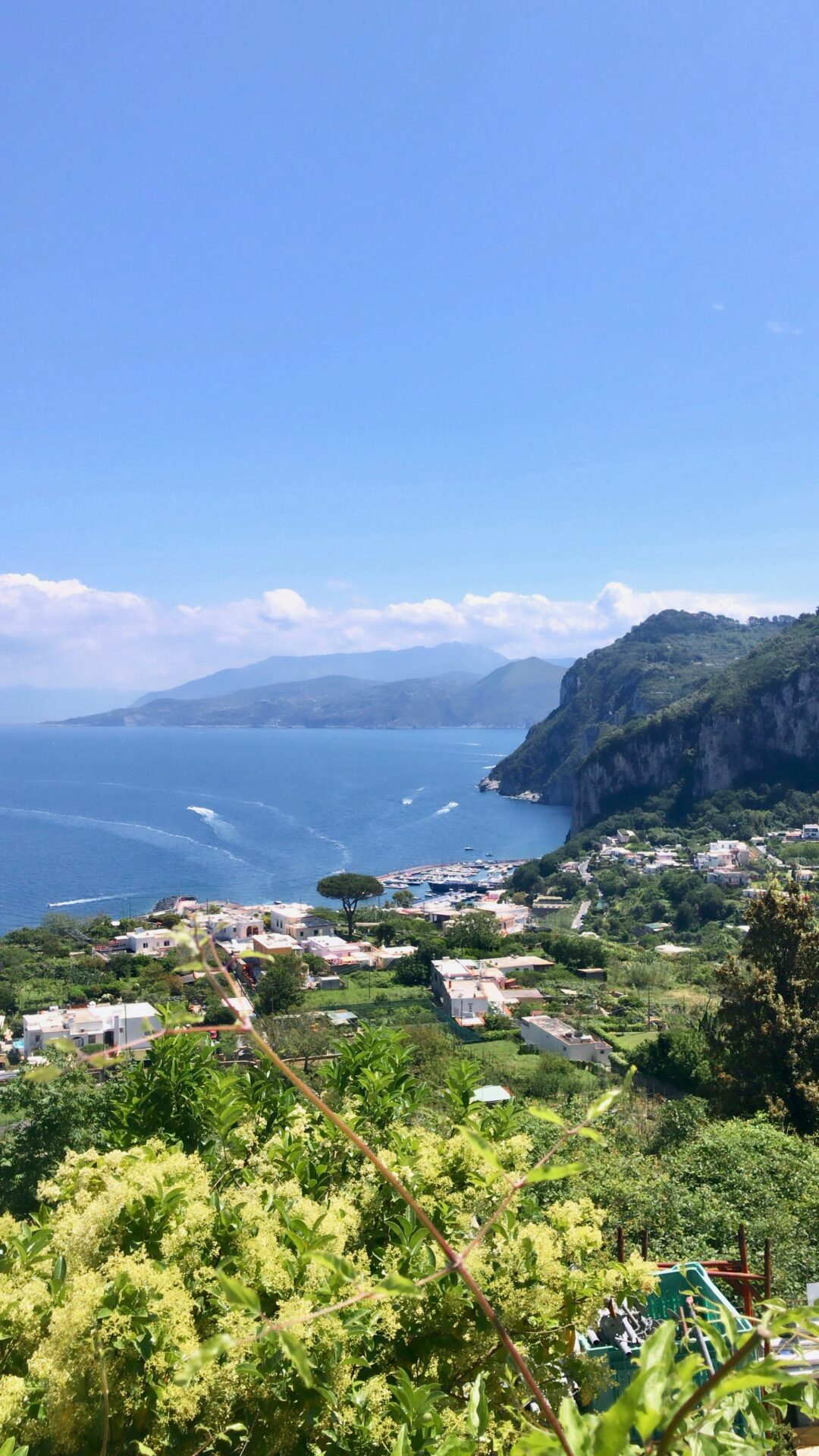
Prominent Natural Landmarks
Besides the Blue Grotto, the Faraglioni rocks are Capri’s most famous natural icons. These three limestone stacks shoot up from the sea on the southern coast, looking almost unreal.
I learned that the middle stack, Faraglione di Mezzo, has a natural arch big enough for boats to slip through. Pretty wild, right?
Mount Solaro is the island’s highest point at 589 meters. I took a chairlift from Anacapri, and in just 12 minutes, I was treated to a 360-degree view of Capri, the Bay of Naples, and even Mount Vesuvius looming across the water.
On the eastern coast, I found the Natural Arch (Arco Naturale) while hiking. This massive stone arch frames the blue Mediterranean below—nature showing off, basically.
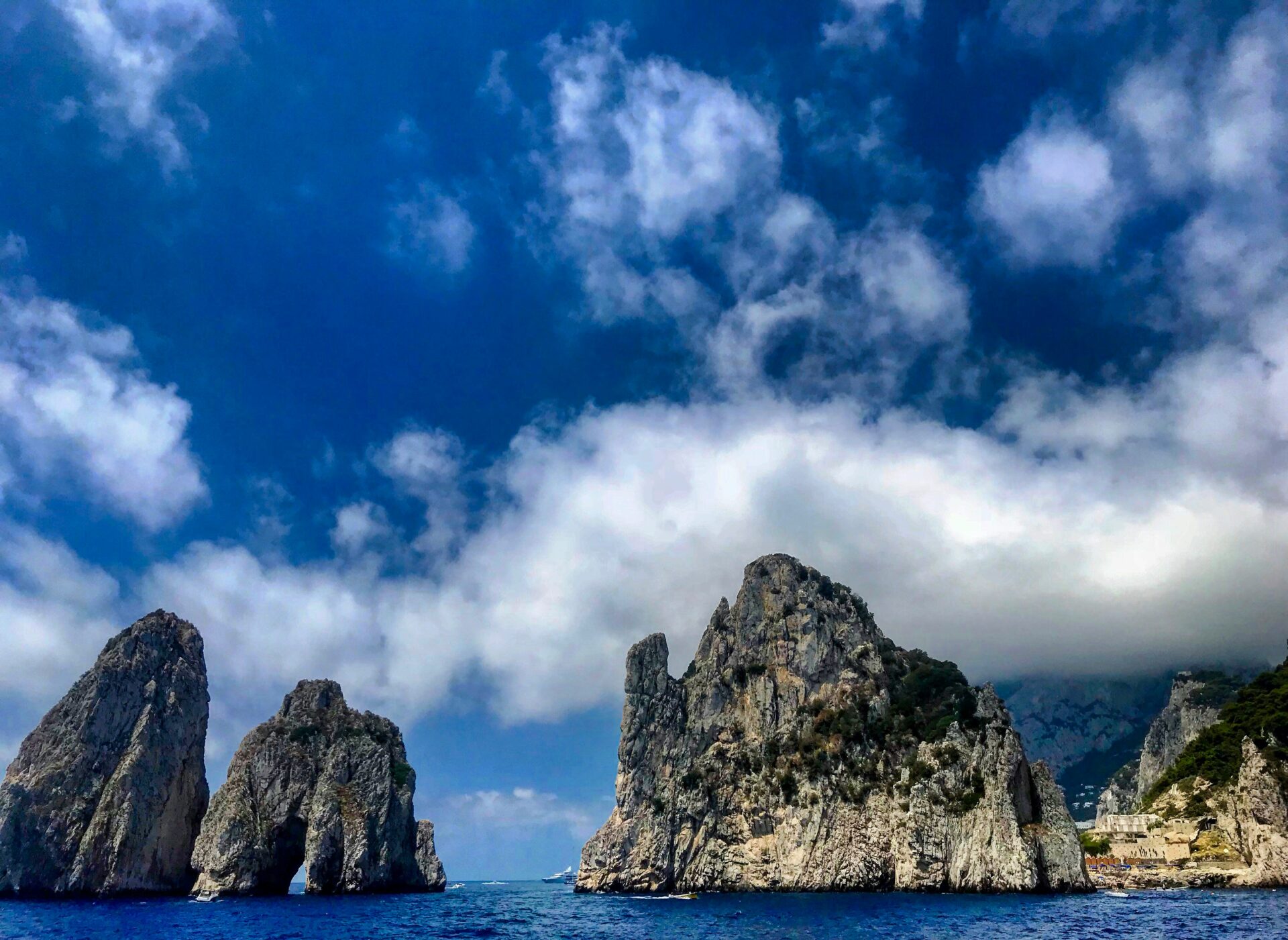
Nearby Destinations and Day Trips
Capri sits in a sweet spot for exploring the rest of Campania. The Amalfi Coast, with its dramatic cliffs and pastel villages like Positano and Ravello, is just a ferry ride away—less than an hour, usually.
Naples bursts with energy and culture. The archaeological museum is a must, and the ancient ruins of Pompeii and Herculaneum left a big impression on me. These cities, frozen in time by Vesuvius, are haunting and beautiful.
If you want a quieter vibe, check out Ischia and Procida. Ischia has thermal springs and lush gardens, while Procida feels untouched, with its pastel fishing village and slower pace.
Paestum is another gem. The Greek temples there are so well-preserved, and if you’re into history, it’s a must-see.
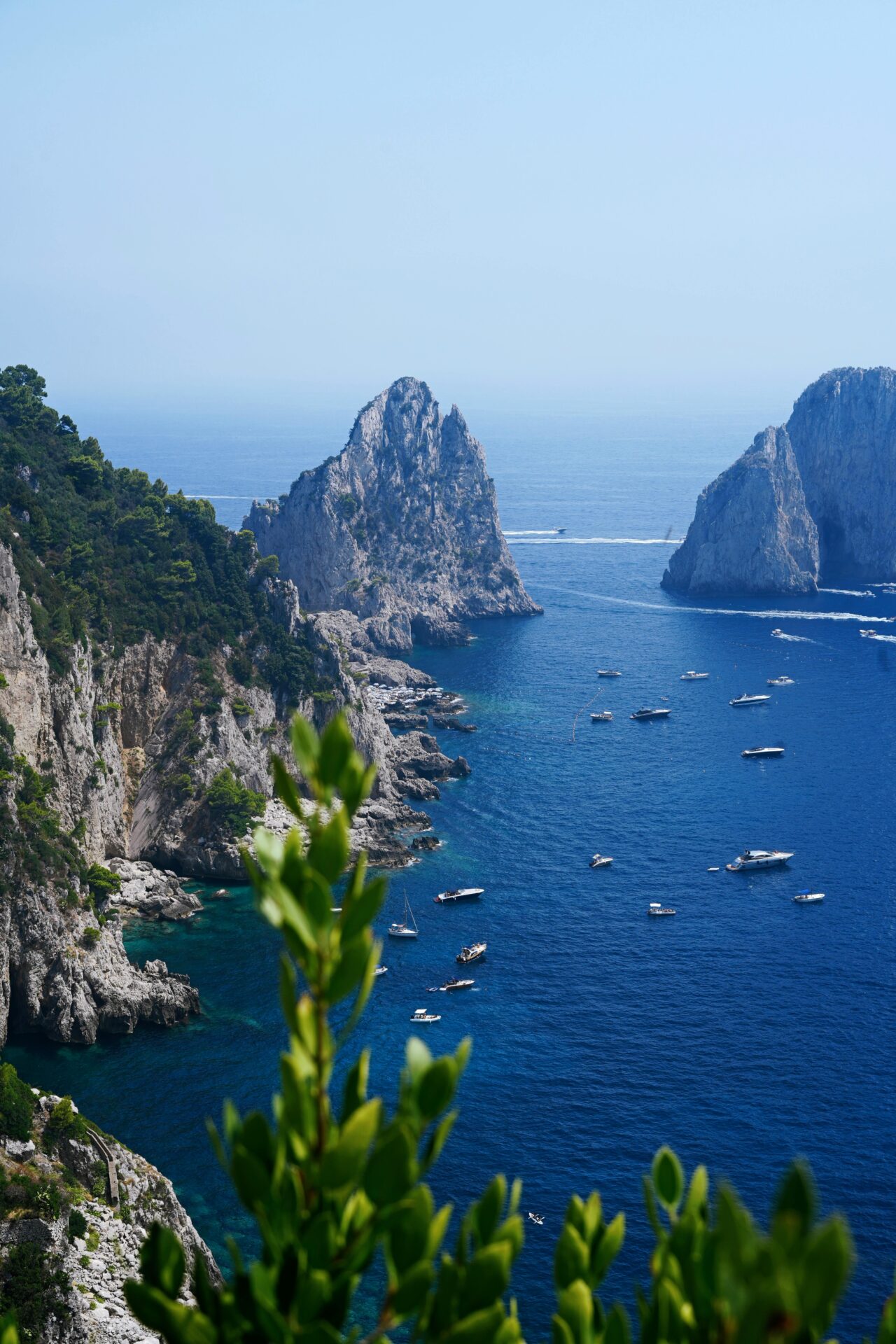
Unveiling the Blue Grotto: Science Meets Magic
The Blue Grotto sits right at the crossroads where science and magic blur together. This sea cave takes ordinary sunlight and turns it into a glowing blue that feels completely otherworldly.
Optical Wonders and Scientific Phenomena
The blue light inside the grotto isn’t actual magic, but it sure feels that way when you’re floating there. The science? Sunlight enters through an underwater opening and passes through the water, which filters out the red light and leaves only blue.
As I drifted in a little wooden boat, I watched this happen. The Mediterranean’s clear water helps, and the white sandy bottom bounces the blue light back up, making the glow even more intense.
The effect only works when the conditions are just right. On cloudy or stormy days, the magic fades. If you’re hoping for the best blue glow, aim for mid-morning to early afternoon, when the sun hits the cave just right.
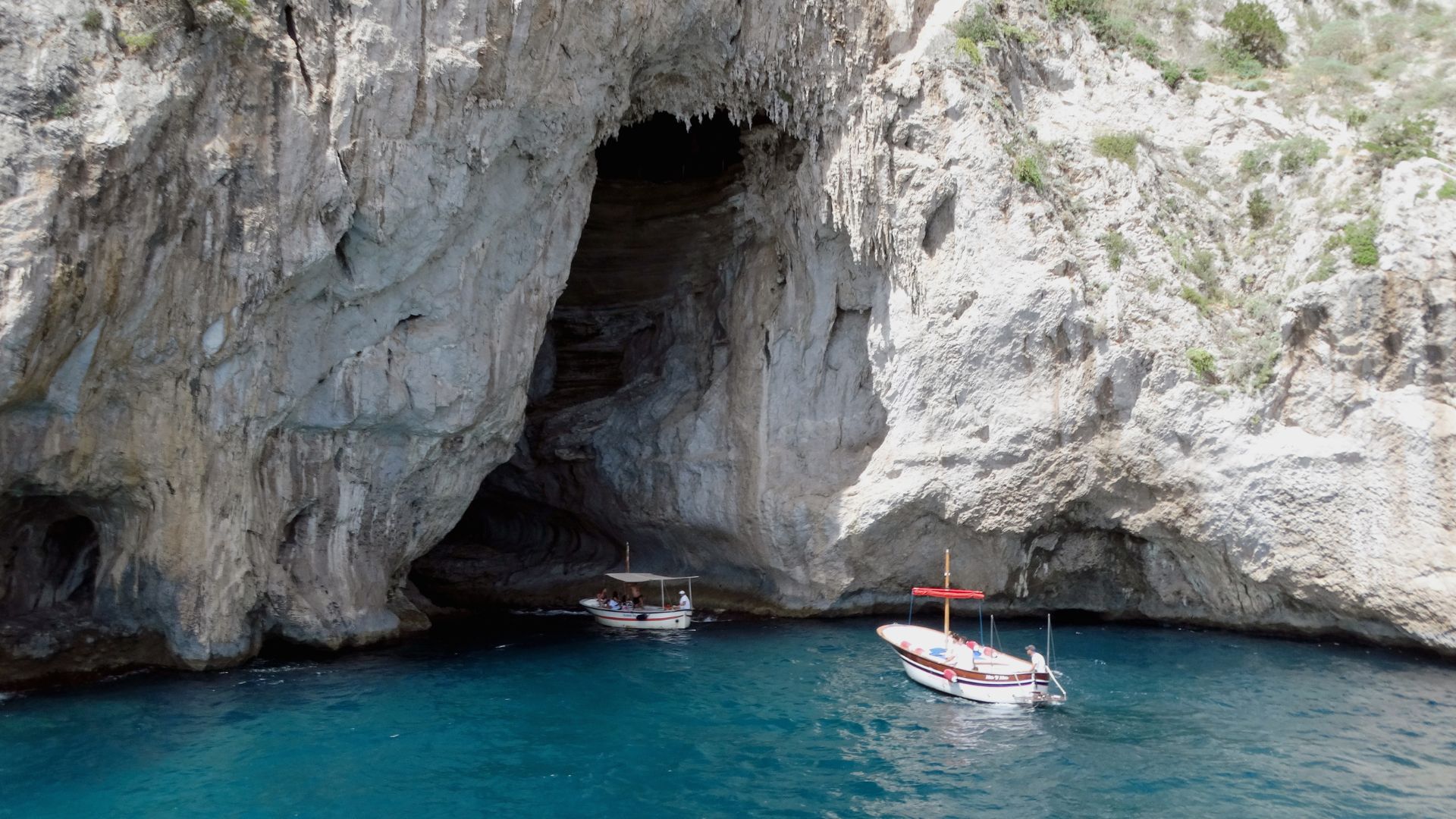
The Grotto’s Unique Entry and Accessibility
Getting inside the Blue Grotto is an adventure. The cave opening is tiny—about a meter high and two meters wide. I had to lie flat in the rowboat while my guide timed our entry between the waves.
You can get there by small boat from Marina Grande in Capri, join a tour boat that circles the island, or hike down a steep staircase from land (though you’ll still need a boat for the last bit).
If the sea’s rough, the grotto closes for safety. This keeps the crowds down and helps protect the cave, even though it’s such a popular spot.
I’ve found that visiting in spring or fall (April-May or September-October) is best. You’ll dodge the biggest crowds and still get great weather.
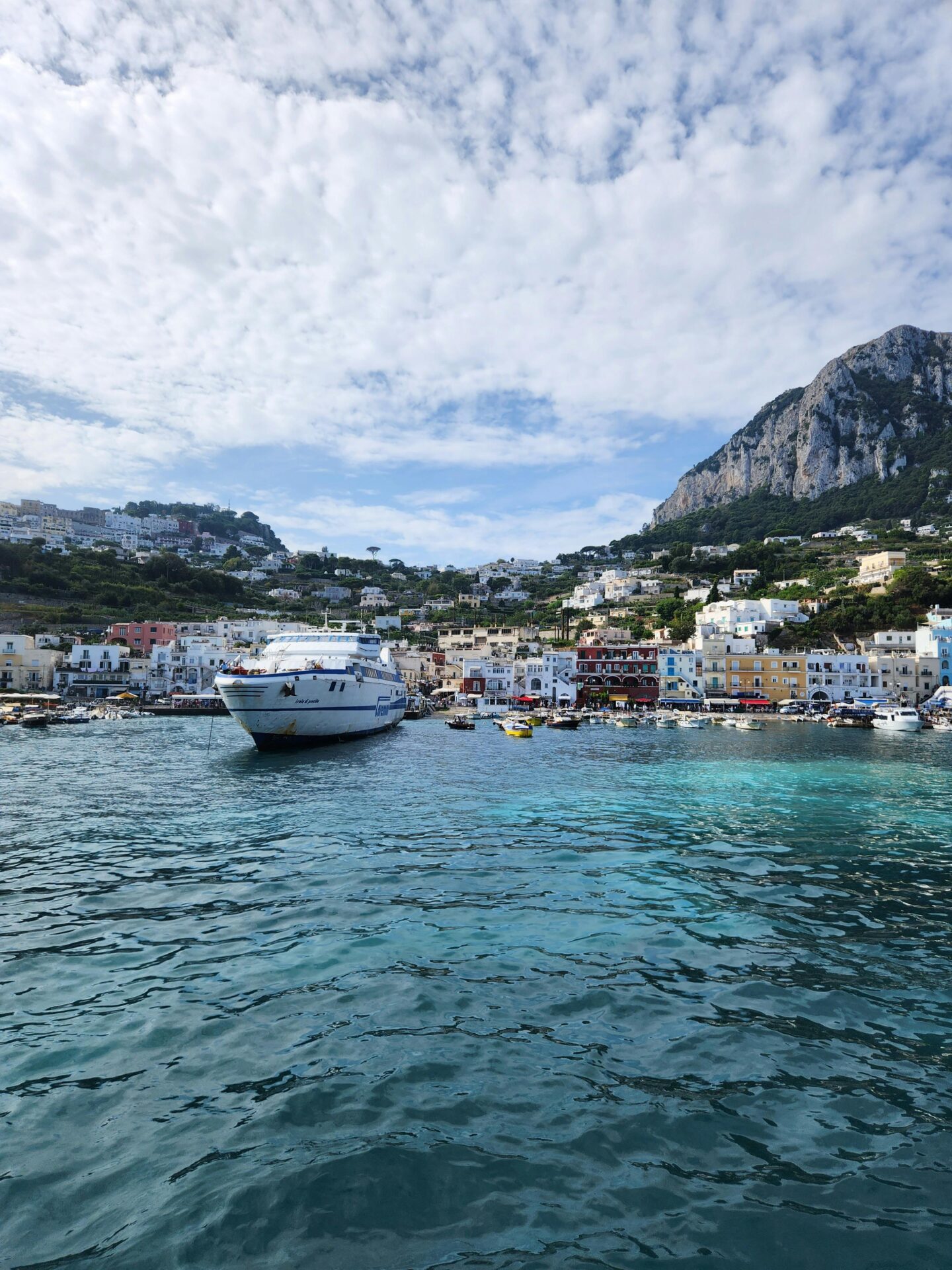
The Blue Glow: Myths and Legends
Before science stepped in, people came up with wild stories to explain the blue light. Ancient Romans said nereids—sea nymphs—lived in the grotto and sang to sailors.
Emperor Tiberius actually used the cave as his private swimming spot and a temple to Neptune. That’s a pretty legendary claim to fame.
Some locals thought the cavern was a gateway to the underworld. I get it—the shift from bright sun to that eerie blue darkness feels like stepping into another world.
Fishermen once steered clear, thinking the place was haunted. The acoustics inside are strange; whispers echo in a way that’s almost spooky. Today, guides sing Neapolitan songs to show off the echo, and honestly, it’s magical.
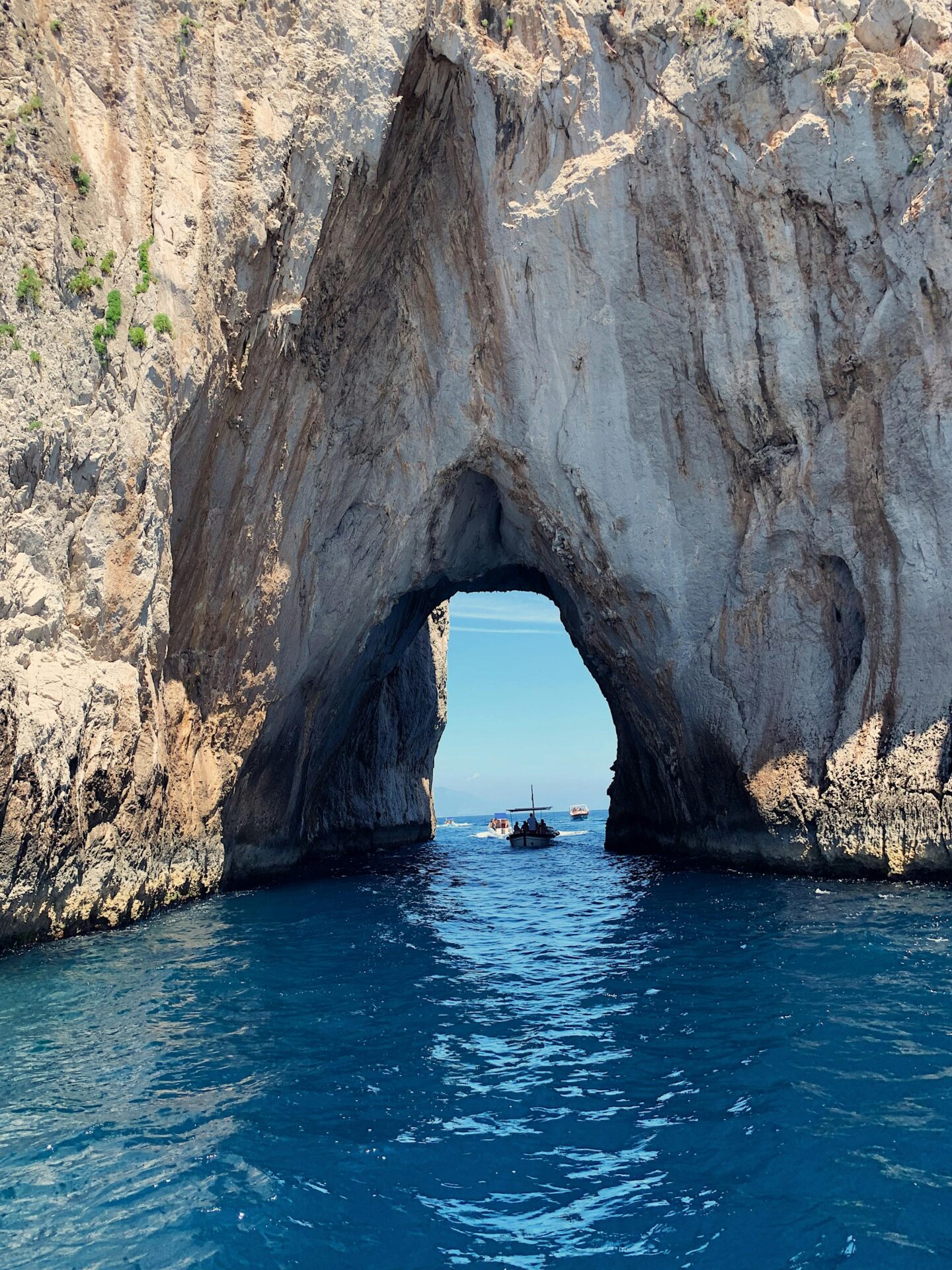
Stories From the Grotto: Travelers, Artists, and Writers
The Blue Grotto faded into obscurity after Rome’s fall until 1826, when German poet August Kopisch and fisherman Angelo Ferraro rediscovered it. Kopisch’s writing sparked a wave of Grand Tour travelers.
Floating in those same waters, I felt a connection to all those who came before. Writers like Alexandre Dumas and Mark Twain described the grotto’s wonder, and their words still ring true.
Painters, too, tried to capture the light—Joseph Wright came the closest, I think. The grotto became a symbol of Romantic ideals, and people still come here searching for inspiration.
Visitors today add their own stories, each finding something personal in those luminous blue waters.
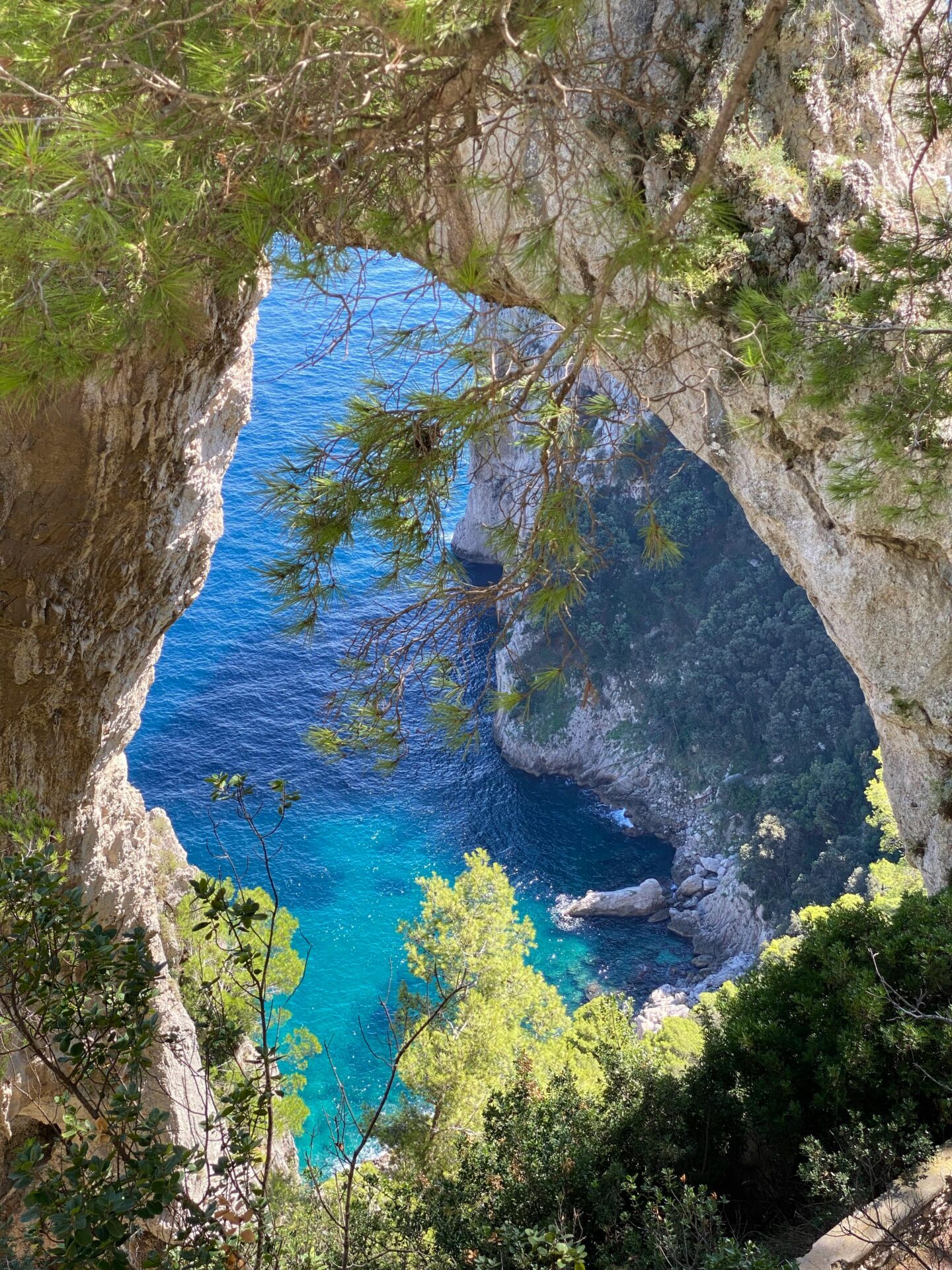
Historical Echoes: Capri Through the Ages
Capri’s history runs deep, stretching back long before tourists arrived for the Blue Grotto. From Roman emperors to artists and dreamers, the island’s story unfolds over centuries.
Roman Emperors and the Legacy of Tiberius
Around 27 CE, Emperor Tiberius escaped Rome’s chaos and made Capri his hideaway. He built twelve villas, and Villa Jovis stands out as the grandest.
From his clifftop palace, Tiberius ruled the Roman Empire for a decade. Local legends say he did terrible things and even tossed enemies off the cliffs. Who knows what’s true, but these tales add to Capri’s mystique.
The Blue Grotto served as Tiberius’s private marine temple. Divers later found statues of sea gods there, hinting at rituals honoring Neptune.
Caligula, Tiberius’s successor, visited too, but didn’t leave as big a mark.
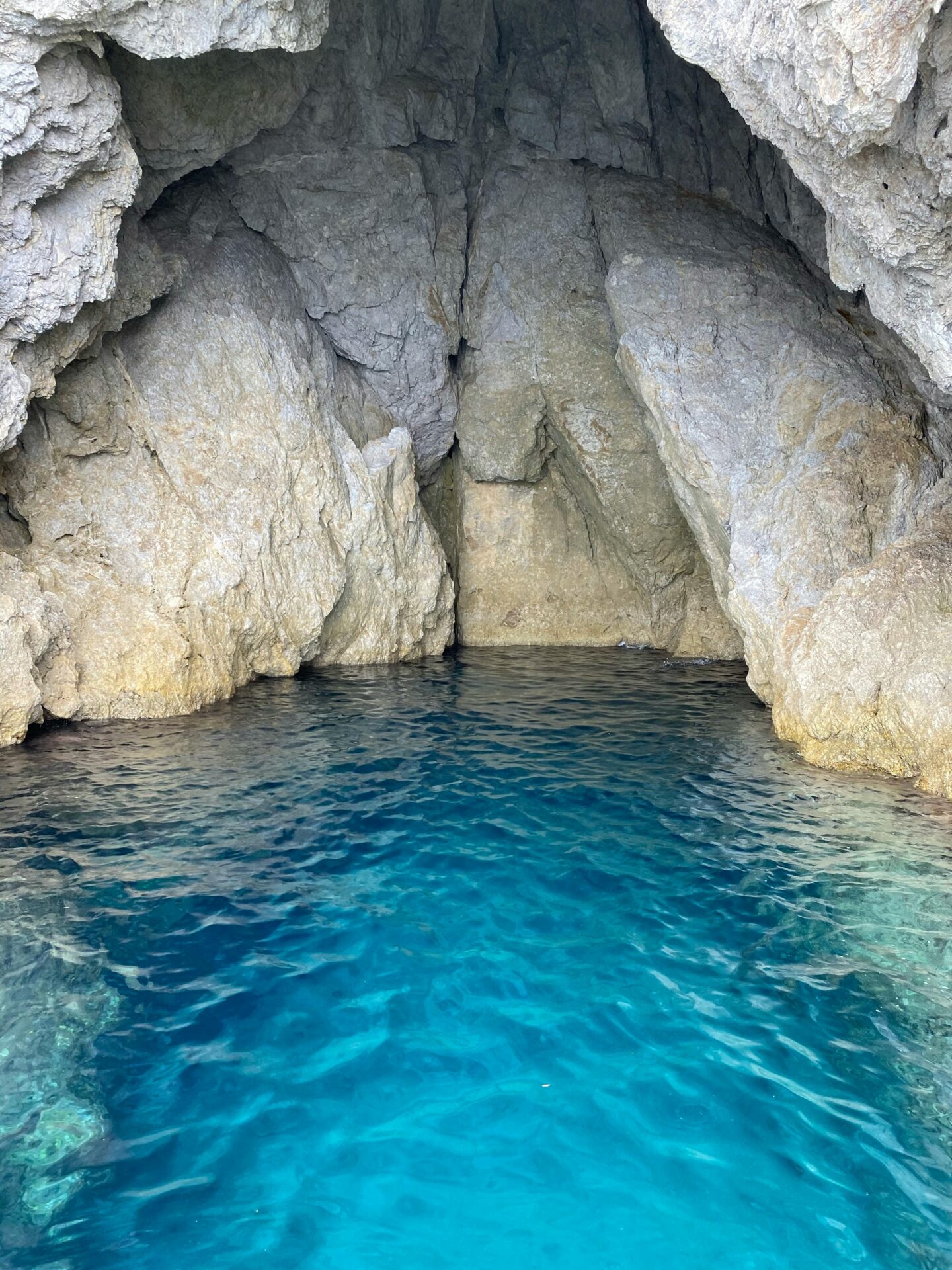
Capri in Art, Literature, and Music
Capri has drawn artists and writers for ages. In the 19th century, it became a magnet for those seeking Mediterranean light and dramatic scenery.
Norman Douglas wrote about Capri’s spirit in “South Wind.” Axel Munthe built Villa San Michele and penned “The Story of San Michele” about his life here.
John Singer Sargent painted luminous watercolors of the Blue Grotto, and August Kopisch, who helped rediscover the cave, captured its magic on canvas.
Claude Debussy found inspiration here, too, composing “Les soirs illuminés par l’ardeur du charbon.” Later, the song “Isle of Capri” spread the island’s allure around the world.
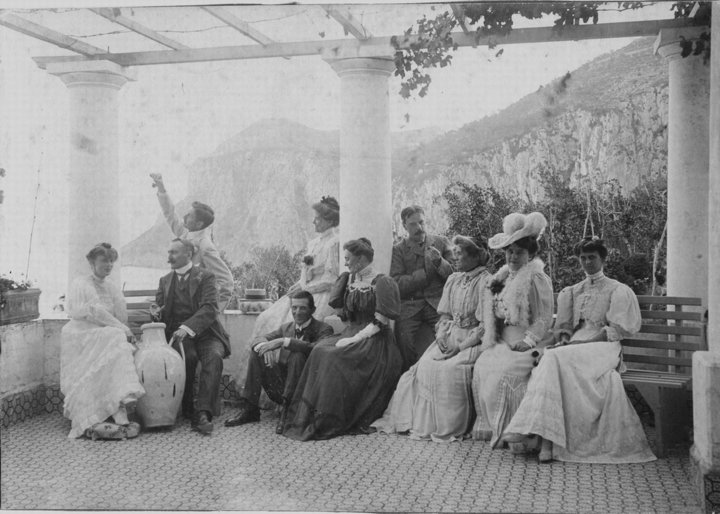
The Blue Grotto’s Rediscovery
Locals always knew about the Blue Grotto, but outsiders forgot it until 1826. August Kopisch and his friend Ernst Fries, with fisherman Angelo Ferraro, braved the cave despite local fears of spirits.
Kopisch wrote about their adventure in “Discovery of the Blue Grotto on the Isle of Capri,” and suddenly, the world wanted to see it.
After that, Capri transformed from a remote island to a must-visit destination. Aristocrats, artists, and eventually tourists followed.
Standing at the grotto’s entrance, I always marvel at how such a tiny opening kept this wonder hidden for so long. Without Kopisch’s curiosity, who knows how much longer it would’ve stayed a secret?
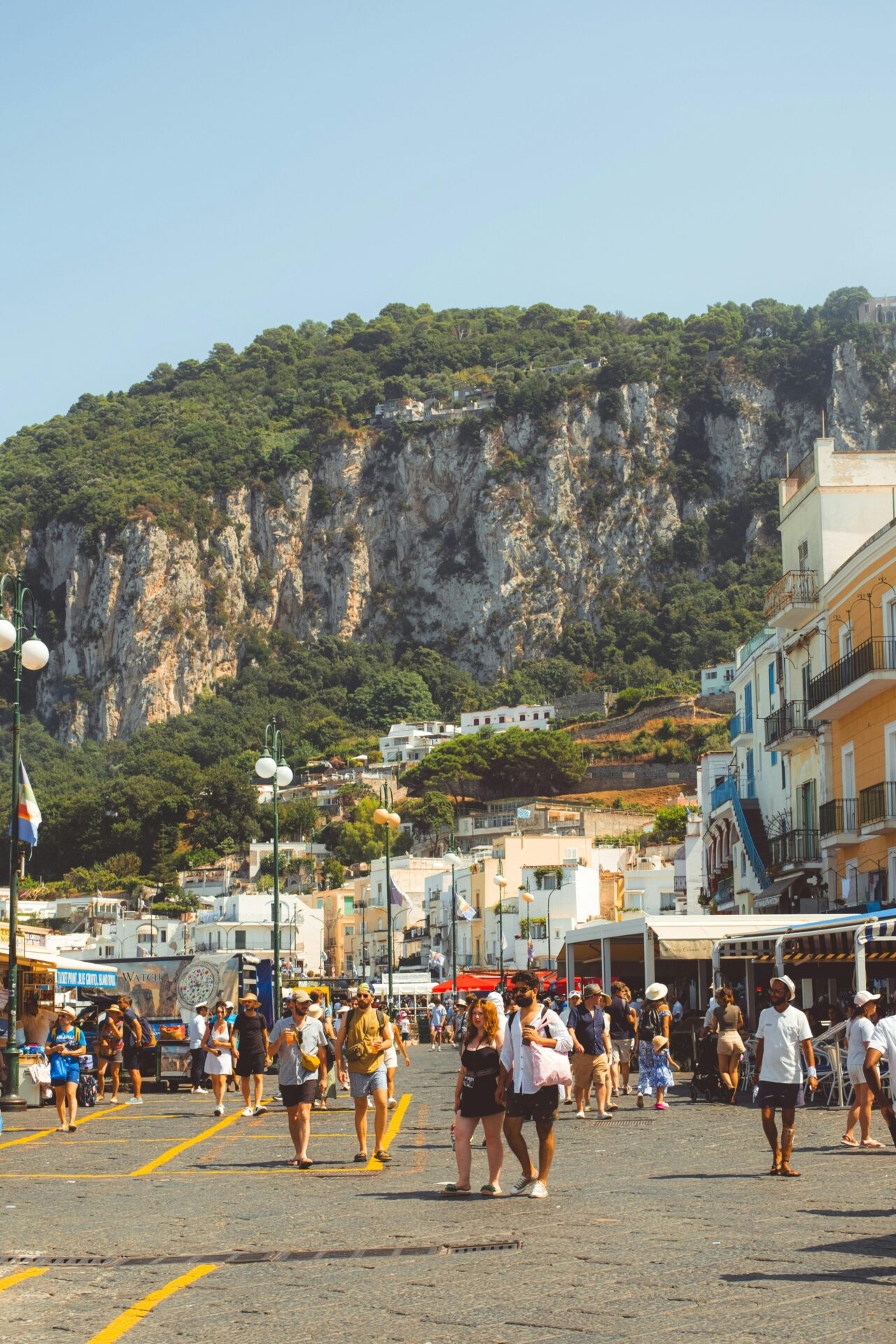
The Surroundings: Exploring Culture, Nature, and Cuisine
The Blue Grotto might steal the spotlight, but Capri has so much more to offer. Beyond the glowing cave, you’ll find rich traditions, gorgeous scenery, and food that’s honestly worth the trip alone.
Local Flavors and Island Life
Capri’s cuisine is a real treat. The island’s fertile soil grows fantastic lemons, which end up in the famous limoncello. Don’t skip the ravioli capresi—pasta stuffed with cheese and marjoram.
Mornings start early at the local mercato, where people pick up fresh produce. I love watching fishermen bring in their catch while farmers show off vibrant tomatoes and herbs.
Insalata caprese—mozzarella, tomatoes, and basil with olive oil—is simple but perfect. For dessert, try torta caprese, a rich chocolate almond cake that started right here.

Charming Villages and Coastal Magic
Capri Town and Anacapri are the island’s two main villages, each with its own vibe. Capri Town bustles with narrow lanes leading from the busy Piazzetta to quiet corners with whitewashed houses and flowers.
Anacapri feels more laid-back. Grazing lands meet stunning viewpoints, and the chairlift to Monte Solaro gives you views that honestly rival anything on the Amalfi Coast.
Marina Grande and Marina Piccola show off Capri’s maritime side. I love grabbing a coffee at a harbor café and watching boats come and go while the sea breeze drifts in.
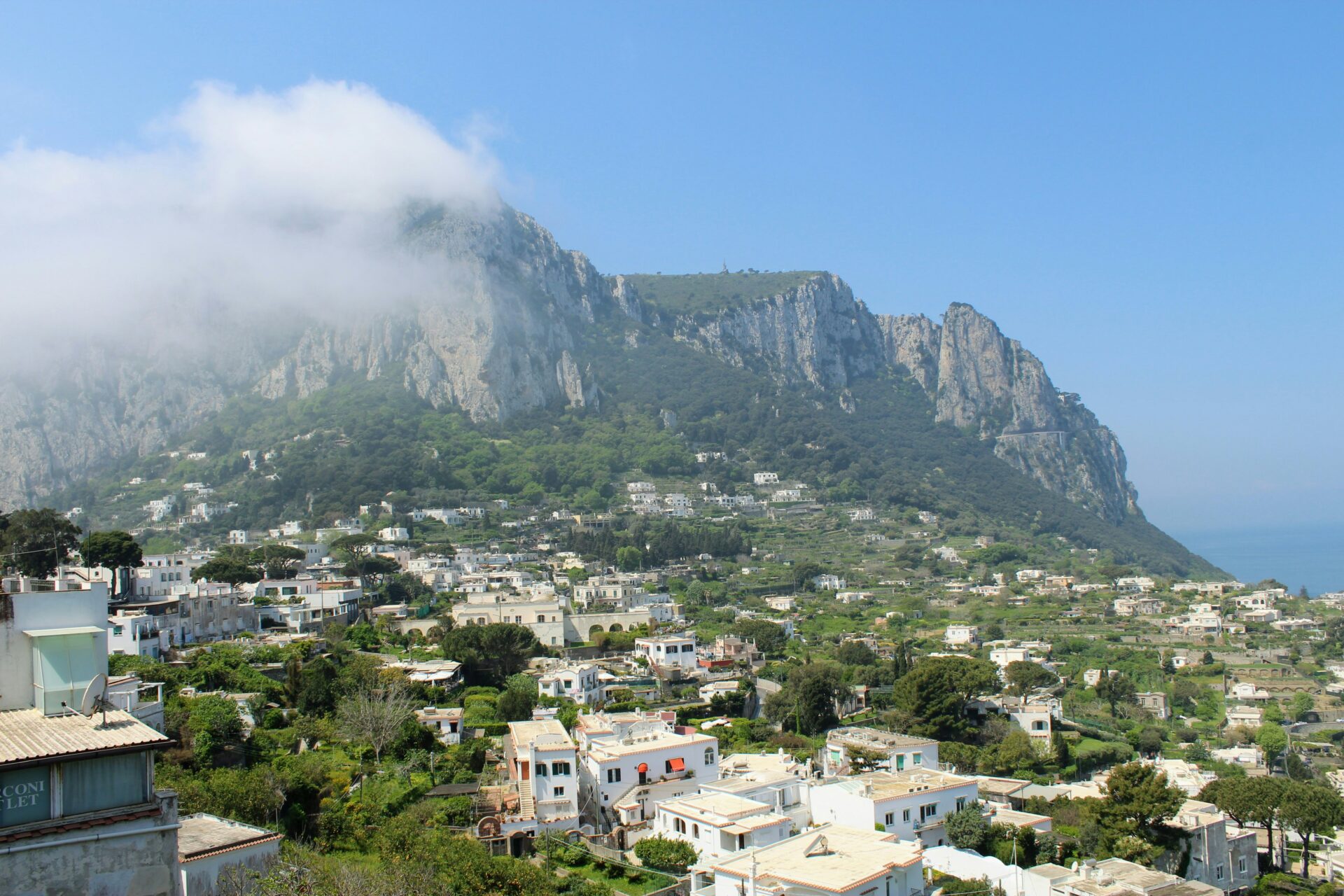
Festivals, Art, and Living Traditions
Capri bursts to life with festivals year-round. During the Feast of San Costanzo in May, locals parade through the streets with statues and music fills the air.
September’s International Folklore Festival brings dance and music from all over. The island has always inspired artists, from writers like Graham Greene to filmmakers chasing perfect light.
Local artisans keep traditions alive—handmade sandals and ceramics make great souvenirs.
Evenings often end with spontaneous music. I’ve spent nights listening to folk songs that capture island life better than any guidebook ever could.
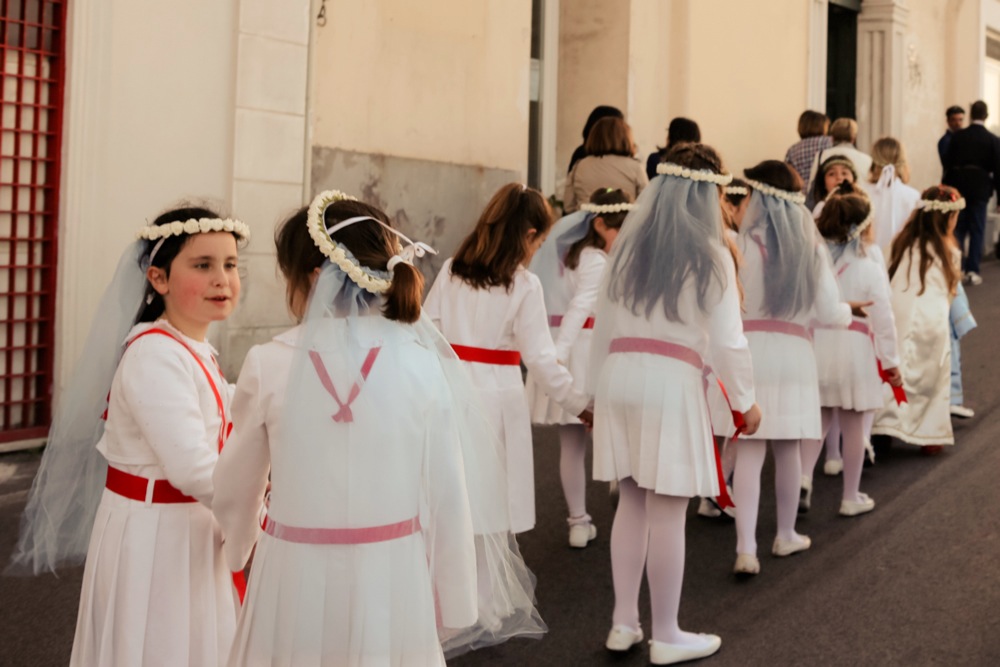
Visiting the Blue Grotto: Practical Travel Inspiration
The Blue Grotto is one of Italy’s most magical natural wonders. Planning ahead can really make or break your experience.
Planning Your Adventure
Visiting the Blue Grotto takes a bit of strategy. The cave entrance is tiny—about a meter high and two meters wide. You’ll need to lie flat in a small rowboat to get inside.
Most people start from Marina Grande in Capri. You can:
- Join a group boat tour around the island (€18-25)
- Take a direct boat to the grotto (€14)
- Hire a private boat (€150+)
From Naples or Sorrento, day trips that include the Blue Grotto usually cost €80-150, depending on what’s included.
Entry to the grotto itself costs €14 per person, separate from the boat ride. The rowboat guides expect a tip of €5-10 if you enjoyed their stories and songs.
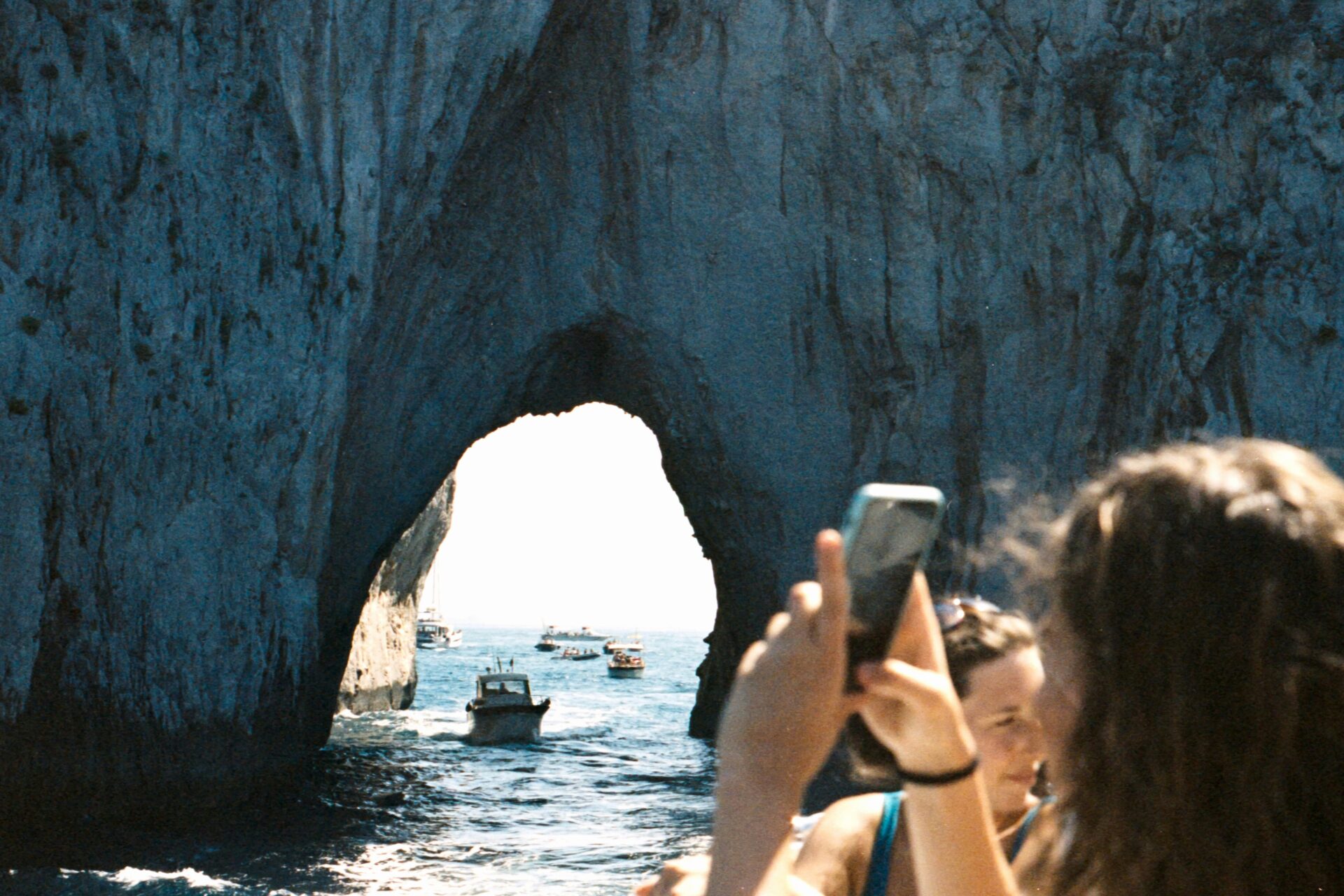
Seasonal Insights and Best Times to Visit
Summer brings out the most vivid blue, but also the longest lines. I once waited nearly two hours in August—ouch. May, June, and September are much better if you want to avoid crowds.
The grotto closes in rough seas, which happens more in winter. Always check the weather before you go. Mornings around 9-10 AM usually mean less waiting and gentler light.
The blue glow peaks between noon and 2 PM, but that’s also when tour groups arrive. Timing is everything.
You only spend about 5-10 minutes inside the cave. It’s short, but trust me, it’s worth every second.
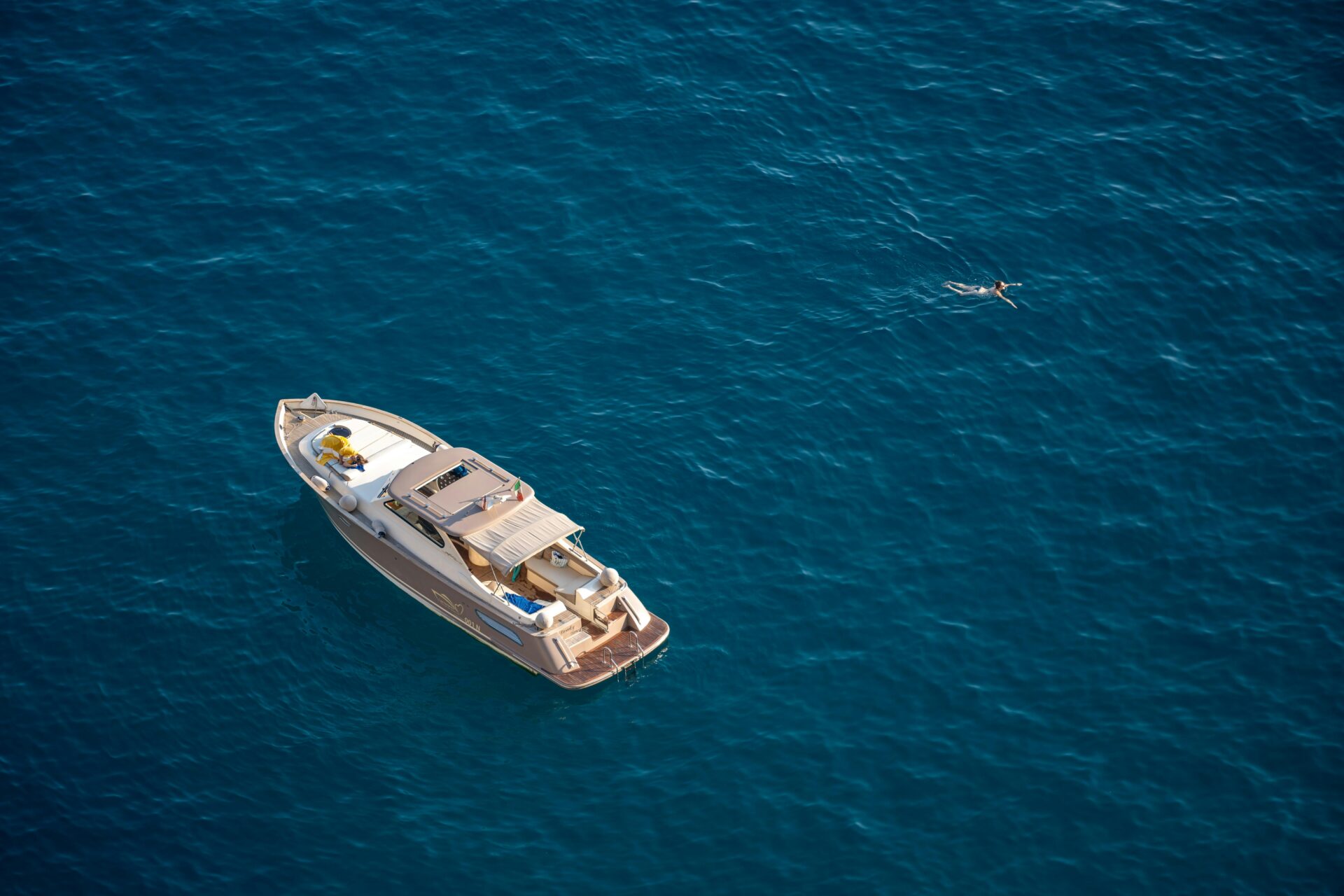
Experiencing Capri Beyond the Grotto
Capri has plenty to offer beyond the Blue Grotto. I suggest spending at least a full day here.
Take the chairlift to Monte Solaro for jaw-dropping views of the Bay of Naples. The Gardens of Augustus offer perfect photo ops of the Faraglioni rocks.
Don’t skip Capri Town and Anacapri—wander the streets, browse artisan shops, and sip limoncello made from local lemons. Villa San Michele in Anacapri gives you both history and epic views.
If you love hiking, check out Arco Naturale and Grotta di Matermania on the eastern coast. The trails are steep and rocky, so bring good shoes.
Capri’s magic isn’t just in its famous cave—it’s everywhere, if you know where to look.

